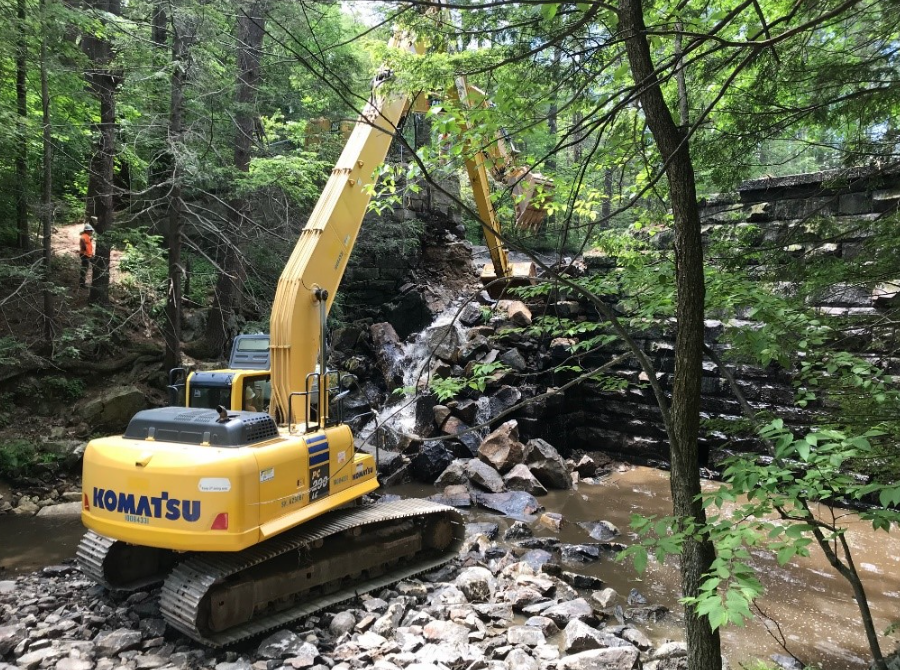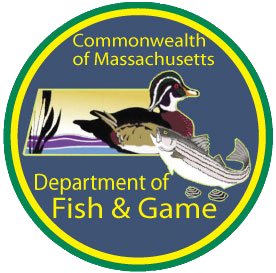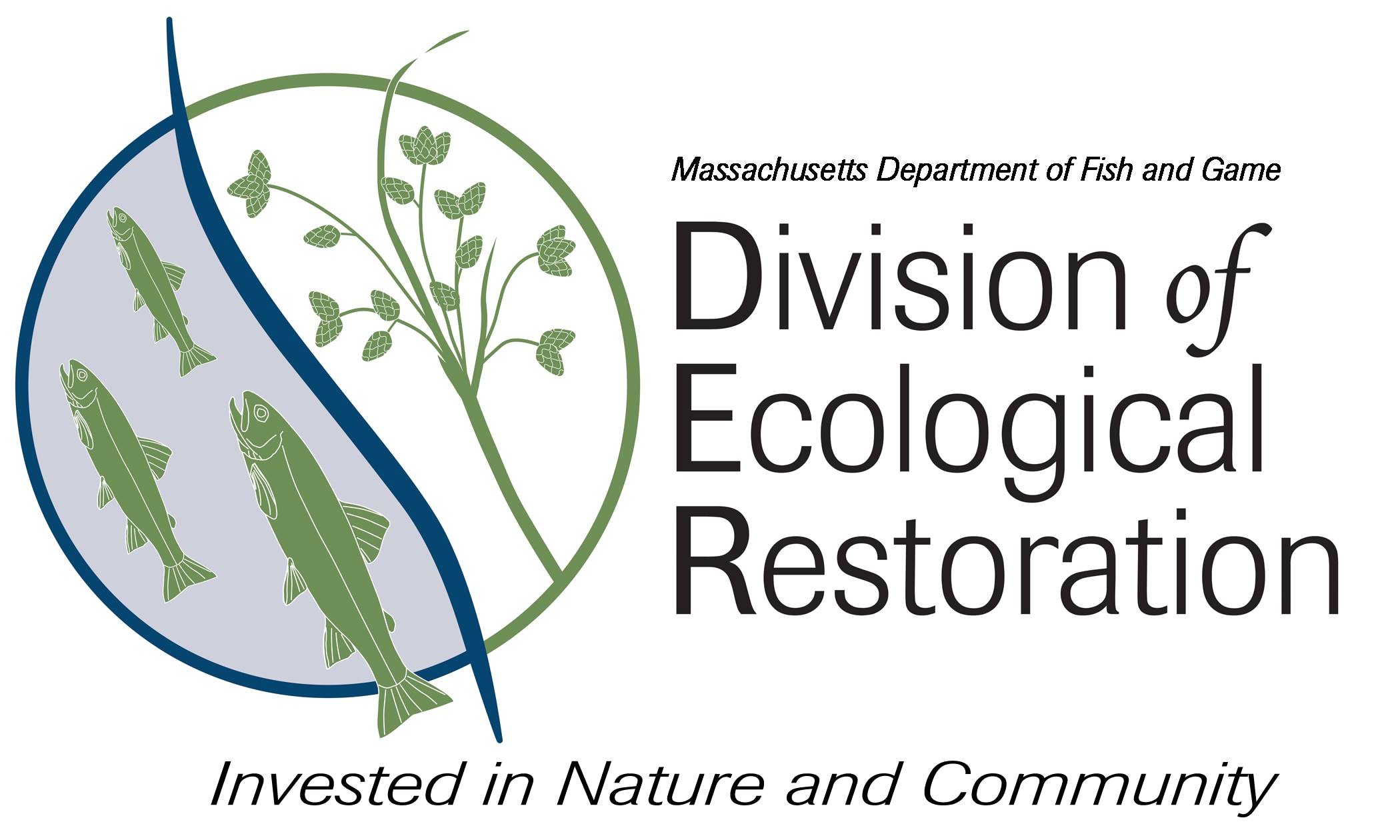- Executive Office of Energy and Environmental Affairs
- Department of Fish and Game
- Division of Ecological Restoration
Media Contact
Julia E. Hopkins, Communications Director

BOSTON — The Division of Ecological Restoration (DER), a key division within the Department of Fish and Game (DFG) under the Executive Office of Energy and Environmental Affairs (EEA), is excited to celebrate 15 years of leading ecological restoration work across Massachusetts. Since its inception in 2009, DER has spearheaded over 150 restoration projects. DER’s achievements include removing over 50 dams, replacing more than 20 culverts, reconnecting approximately 700 river miles, and restoring over 3,000 acres of wetland and salt marsh habitat. These efforts have been instrumental in enhancing biodiversity, improving water quality, and restoring the resilience of natural ecosystems.
“The Division of Ecological Restoration is revolutionizing climate resilience across Massachusetts,” said EEA Secretary Rebecca Tepper. “The work we’re doing now to make our infrastructure more resilient will save lives and communities from the flooding and sea level rise we expect from climate change. For 15 years, the Division’s innovative approach to building strong partnerships has inspired municipalities, organizations, and individuals to tackle climate adaptation with renewed urgency and creativity."
In 2009, EEA, the Massachusetts Office of Coastal Zone Management (CZM), and DFG established DER to raise awareness, drive momentum, and build capacity for river and wetland restoration efforts. As a non-regulatory, science-based agency, DER collaborates with municipalities and community organizations to restore rivers, wetlands, and watersheds for the benefit of people and the environment.
"Across Massachusetts, cities and towns are already experiencing unprecedented impacts of climate change and biodiversity loss. For 15 years, the Division of Ecological Restoration has played a leading role in helping communities face these challenges head on—providing critical support, technical assistance, and funding to restore resilient ecosystems for people and nature,” said DFG Commissioner Tom O’Shea. “A free-flowing river is a beautiful thing, and we are proud to join the Division to celebrate their incredible accomplishments and lasting positive impact on our state’s wetlands, waterways, and wildlife.”
“During my six years as DER Director, I’ve seen the demand for restoration grow rapidly,” said DER Director Beth Lambert. “Communities see the real need for river and wetland restoration and the tangible benefits of this work. Each and every one of these projects has reduced flooding, increased climate resilience, enhanced public safety, improved habitat for fish and wildlife, boosted the local economy, and created new recreational opportunities. DER is proud to be part of this enduring legacy.”
DER takes a three-pronged approach to catalyzing restoration in Massachusetts:
- Leading Restoration Projects: DER leads restoration initiatives, working closely with agencies, landowners, towns, and NGOs to execute impactful projects.
- Building Capacity: DER empowers other organizations by providing them with the skills, resources, and support to lead restoration projects.
- Sharing Expertise: DER leverages its extensive knowledge by developing tools, offering trainings, and implementing other methods to disseminate restoration best practices and foster broader collaboration.
Looking ahead, DER will ramp up its project management, technical assistance, and capacity-building work to meet the growing need for restoration. While municipalities and landowners are eager to tackle ecological restoration projects, many face challenges due to limited capacity and resources. DER’s support is crucial in bridging this gap. In recent years, the division has doubled its project management capacity, launched a new program focused on helping regional and watershed organizations take leadership for restoration in their regions, and greatly expanded grant funding opportunities. In 2024 alone, DER awarded $3.7 million to 21 municipalities and partner organizations, with more awards expected later this year. Finally, DER will play a crucial role in helping Massachusetts achieve nation-leading biodiversity conservation goals for 2030, 2040, and 2050 called for by Governor Healey's Executive Order No. 618, and advance the goals outlined in DFG’s Strategic Plan for 2025-2030.
“Without question, DER is one of the NOAA Restoration Center's most important state partners in the northeast. DER is unique across this region, and their funding and technical assistance to local communities enables them to successfully compete for federal funding benefiting fish and wildlife resources and the Commonwealth’s economy,” said John Catena, Northeast & Great Lakes Regional Supervisor for the National Oceanic and Atmospheric Administration (NOAA) Restoration Center.
“The work DER does to bring rivers back to life has been transformative for our state— each dam removal, each cranberry bog restoration, and each culvert replacement improves the health of our rivers and their wildlife, enhances community climate resilience, and often includes a public safety benefit," said Julia Blatt, Executive Director of Massachusetts Rivers Alliance. "We consider DER's work complementary to our own and see them as a critically important partner within state government. We wish them continued growth and success over the next 15 years and beyond, and look forward to many more years of shared accomplishments!”
“I’ve worked with DER for all of its 15 years. Through innovations in science, practice, and policy over two decades, dam removal has gone from nearly impossible to being a mainstream solution for flood risk reduction and aquatic habitat restoration,” said Alison Bowden, Director of Conservation Science & Strategy at The Nature Conservancy in Massachusetts. “Massachusetts is a national leader in recognizing the critical role of nature in helping people adapt to climate change.”
“For 15 years, DER has offered financial support and invaluable guidance, enabling communities of all sizes to benefit from successful restoration projects. We are immensely proud of the critical work we have accomplished, from dam removals to culvert replacements. This would not have been possible without DER,” said Paula Terrasi, Conservation Administrator at the Town of Pepperell.
###

